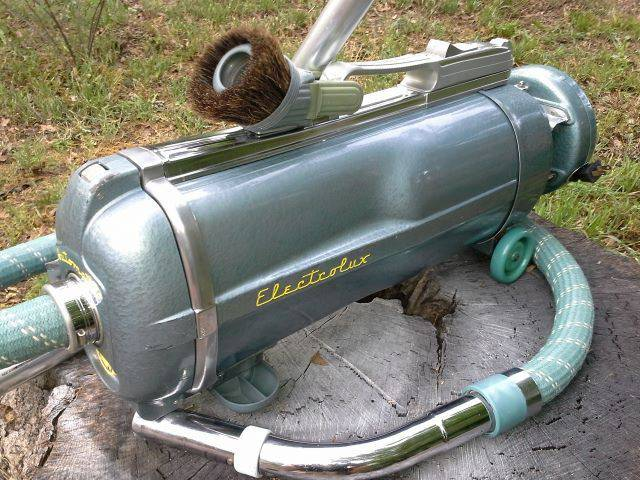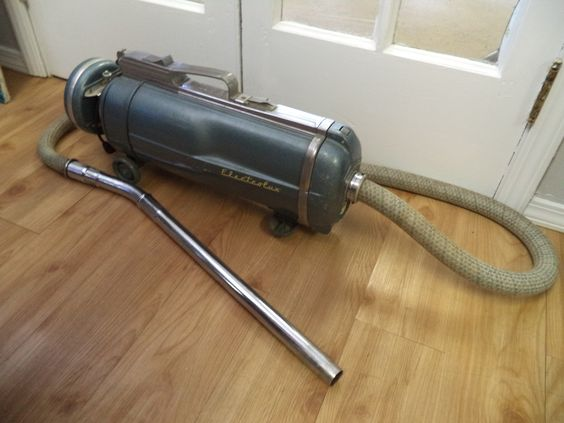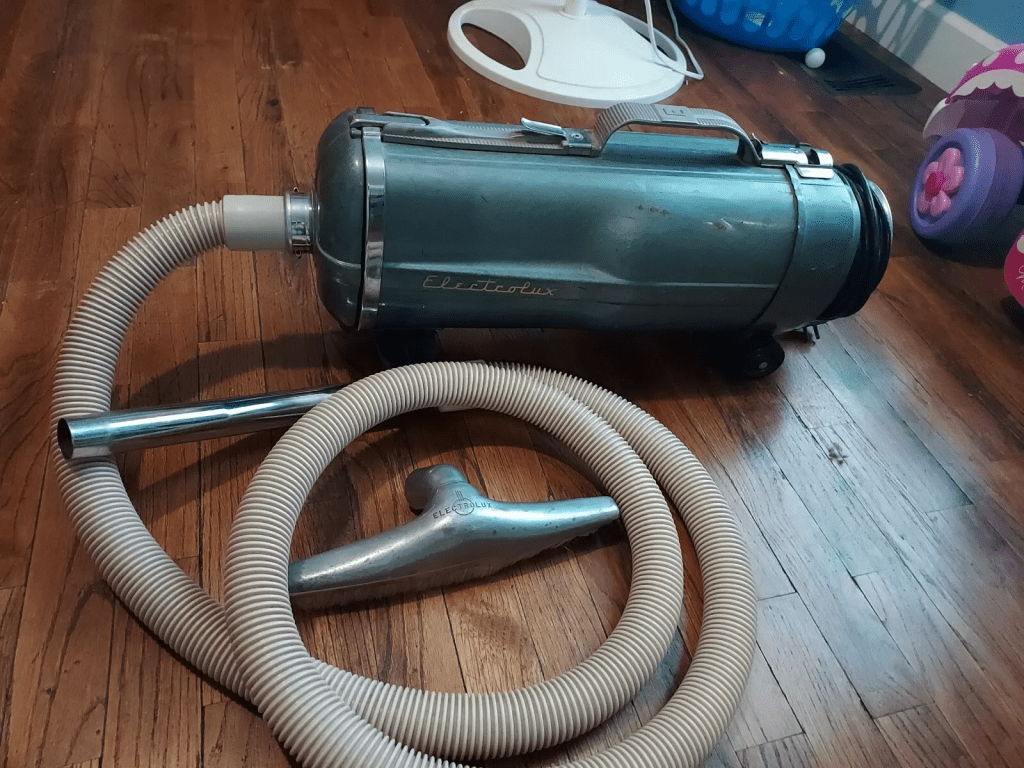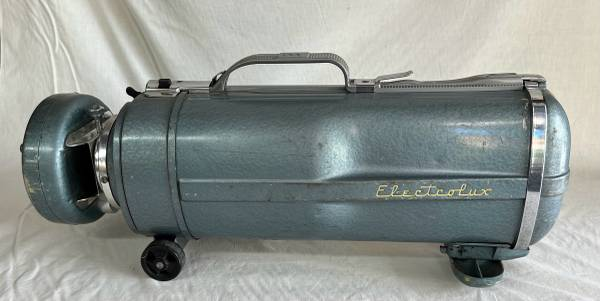Vacuum cleaners have become an essential part of household cleaning, simplifying the task of removing dirt and debris from floors. While they’re often taken for granted today, the vacuum cleaner has a fascinating history filled with innovation and technological advancements. In this article, we’ll explore the journey of the vacuum cleaner, from its inception to its current forms, detailing how it has evolved over the years to become a must-have in homes worldwide.
What Is a Vacuum Cleaner?

A vacuum cleaner, often referred to simply as a “vacuum,” is an electronic cleaning device designed to use suction to collect dust, dirt, and other debris from various surfaces. These surfaces range from carpets and rugs to hard floors like wood, tile, and linoleum. The collected debris is then stored in either a dust bag or a plastic bin, depending on the model.
Different Types of Vacuum Cleaners
Today’s vacuum cleaners come in a wide variety of types to cater to different cleaning needs. Here are some of the most common:
- Upright Vacuums: Known for their powerful suction, they are ideal for cleaning carpets.
- Stick Vacuums: Lightweight and easy to maneuver, suitable for quick clean-ups and small areas.
- Canister Vacuums: These are versatile and often have better suction than uprights, making them suitable for hard floors and tight spaces.
- Handheld Vacuums: Perfect for quick, small-area cleaning or for use in vehicles.
- Robotic Vacuums: Autonomous devices that move around the house, cleaning floors automatically.
- Wet/Dry Shop Vacuums: Heavy-duty vacuums that can handle both solid debris and liquids, making them suitable for workshops or garages.
Each of these vacuum types serves a specific purpose, making them ideal for different cleaning situations.
A Brief History of the Vacuum Cleaner
The vacuum cleaner’s history is as diverse as its types. It started as a manual cleaning device and evolved over time into the automated machines we know today.
Early Manual Vacuum Cleaners
The earliest versions of vacuum cleaners were manual, requiring users to generate suction themselves. The first manual vacuum, invented by Daniel Hess in 1860, was called the “carpet sweeper.” It used rotating brushes and bellows to collect dirt. Similarly, Ives W. McGaffey’s “Whirlwind,” introduced in 1869, used a hand-cranked fan for suction. While innovative for the time, these devices were bulky and difficult to operate, limiting their appeal.
The Advent of Powered Vacuums
The late 19th and early 20th centuries saw the emergence of powered vacuum cleaners. Initially, they utilized air-blowing technology instead of suction. John S. Thurman’s “pneumatic carpet renovator,” introduced in 1898, used an internal combustion engine to blow dirt into a receptacle. This early design laid the groundwork for future innovations.
In 1901, British engineer Hubert Cecil Booth and American inventor David T. Kenney independently invented suction-based powered vacuums. Booth’s “Puffing Billy,” a horse-drawn device, marked a significant shift by relying on suction rather than blowing air.
Introduction of the Domestic Vacuum Cleaner

By 1905, vacuum cleaners became more practical for home use. Walter Griffiths from Birmingham, England, designed the first portable vacuum specifically for domestic settings. It was easy to use, store, and maintain, making it popular among households.
The breakthrough came in 1907 when James Murray Spangler, a janitor from Canton, Ohio, invented the first portable electric vacuum cleaner. His design included an electric fan, a rotating brush, and a bag to collect dust. Spangler’s invention was revolutionary, but he lacked the resources to produce it on a large scale. He sold the patent to William Henry Hoover, who improved the design and established the Hoover Company, one of the most well-known names in vacuum manufacturing.
How Vacuum Cleaners Became Mainstream
For many years, vacuum cleaners were considered luxury items due to their high cost and limited availability. However, after World War II, mass production and rising living standards made vacuums more affordable and accessible to the middle class. This shift led to the widespread adoption of vacuum cleaners, especially in Western countries where wall-to-wall carpeting was common.
Innovations in the Late 20th Century

The latter half of the 20th century saw rapid advancements in vacuum cleaner technology. Major innovations during this period included:
- Cyclonic Separation: Introduced by Dyson, this technology eliminated the need for bags, using centrifugal force to separate dust and debris from the air.
- Central Vacuum Systems: These systems involve a central unit connected to ducts throughout a building, making cleaning more convenient and efficient.
- Cordless Handheld Vacuums: Improved battery technology enabled the development of cordless handheld vacuums, providing more flexibility for cleaning small messes.
The introduction of robotic vacuums like the Electrolux Trilobite in 1997 further transformed the market, paving the way for autonomous cleaning solutions.
Modern Vacuum Cleaners: Efficiency and Convenience
Today’s vacuum cleaners are not only more efficient but also smarter. They come with features like:

- HEPA Filtration: High-Efficiency Particulate Air (HEPA) filters trap tiny particles, making vacuums more effective for allergy sufferers.
- Smart Technology: Many modern vacuums feature smart technology, allowing users to control them via smartphone apps or voice assistants.
- Self-Cleaning Models: Robotic vacuums now have self-cleaning capabilities, emptying their dustbins automatically and resuming their cleaning tasks.
- Eco-Friendly Models: Some brands offer energy-efficient vacuums that use less power, making them more sustainable options for eco-conscious consumers.
Conclusion: The Future of Vacuum Cleaners
Vacuum cleaners have come a long way from their early manual designs. What started as bulky and labor-intensive devices have evolved into high-tech cleaning solutions that make life easier. With continuous innovations like AI-powered robotics and sustainable designs, the vacuum cleaner industry shows no signs of slowing down.
As new technologies emerge, the vacuum cleaner will likely become even more user-friendly, energy-efficient, and effective. So, the next time you switch on your vacuum cleaner, remember that you’re using a product of over a century of innovation and refinement.